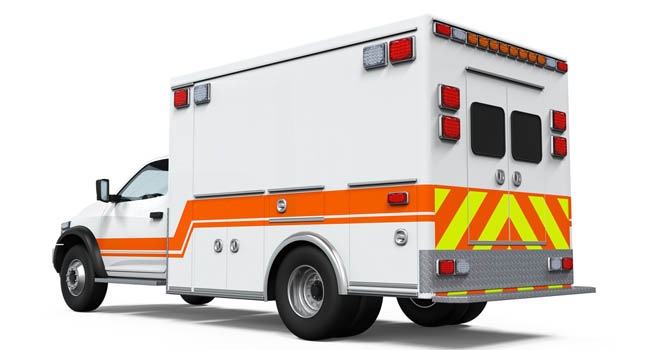
Action Ambulance Services Create Secure IDs for First Responders
The identification cards worn by emergency personnel face challenging conditions, not only from temperature extremes and inclement weather, but also from bodily fluids of patients being treated
Action Ambulance Services provides 24-hour emergency and non-emergency medical services to the people of Eastern Massachusetts from 13 different locations. The identification cards worn by emergency personnel face challenging conditions, not only from temperature extremes and inclement weather, but also from bodily fluids of patients being treated. In addition, Action Ambulance Services also prints photo ID cards for other government entities involved in collaborative efforts with them, as well as marketing Action’s services to the larger community.
Challenges
The organization began using ID cards for employee identification, but its printer was not able to laminate the cards, nor was it fast enough to keep up with the growing business. “We work hand-in-hand with agencies north of Boston, including the military, Coast Guard, Drug Enforcement Administration, Federal Bureau of Investigation, Secret Service, local government agencies and the Massachusetts state police,” said Mike Woronka, CEO for Action Ambulance. “We issue ID cards to their representatives to give them access in and out of our Emergency Operation Center.” The cards also carry the organization’s key strategic objectives, as well as phone numbers to hospitals so emergency personnel can talk with physicians en route, if necessary. Woronka’s challenge was to find a printer that provided lamination, high quality printing and quick turn-around.
Solutions
After a comprehensive search, Woronka chose ID Wholesaler and the FARGO® HDP5000 Card Printer/Encoder. “Mike was looking for a laminating printer with dual-sided printing capabilities,” said Chris Hills, account representative with ID Wholesaler. “He also wanted a printer that could grow with Action Ambulance Services’ needs.”
“RFID is where we are heading, but not right now,” said Woronka. “With the HDP5000, we can add that feature in the future. That was a key factor for us. The printer’s modular design also enables easy upgrades to card encoding technologies when Action Ambulance Services is ready.”
“Another important feature was the quality and detail of the printing,” he added. “The HDP5000 was outstanding compared to our previous printer.” Woronka also liked the plug-and-play capabilities of the HDP5000. “If the printer had been too technical for us, that might have presented an obstacle,” he said. “As it is, we realize we can grow into its capabilities easily.”
Results
Action Ambulance Services prints about 5,000 cards every year and laminates its cards to protect them from external elements, as well as from conditions unique to the job of emergency personnel. “With the HDP5000, we are able to process photo ID cards more quickly than in the past,” added Woronka. “The turn-around time has decreased significantly, and we can recreate lost ID cards faster. Internal customer satisfaction has increased as a result.”